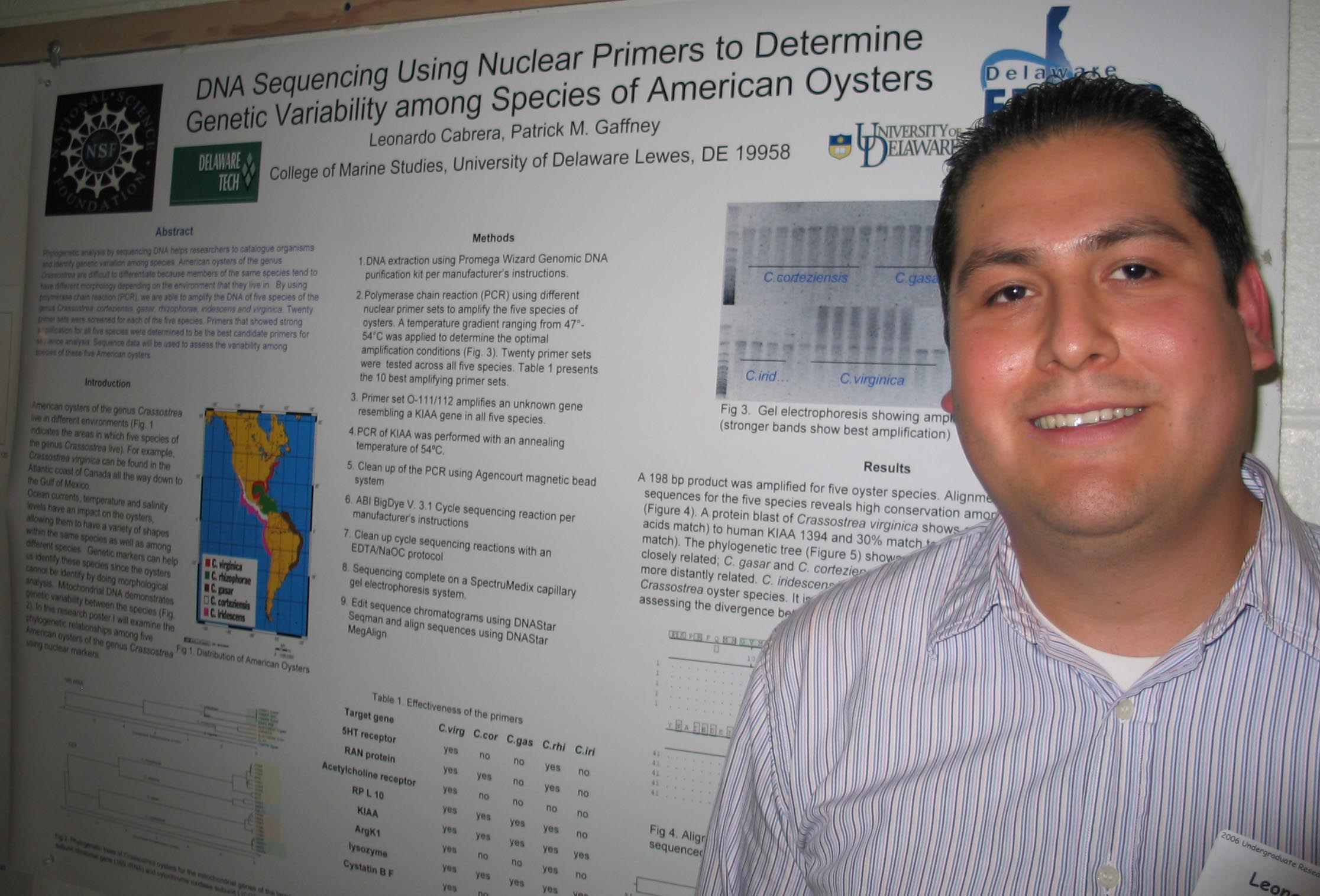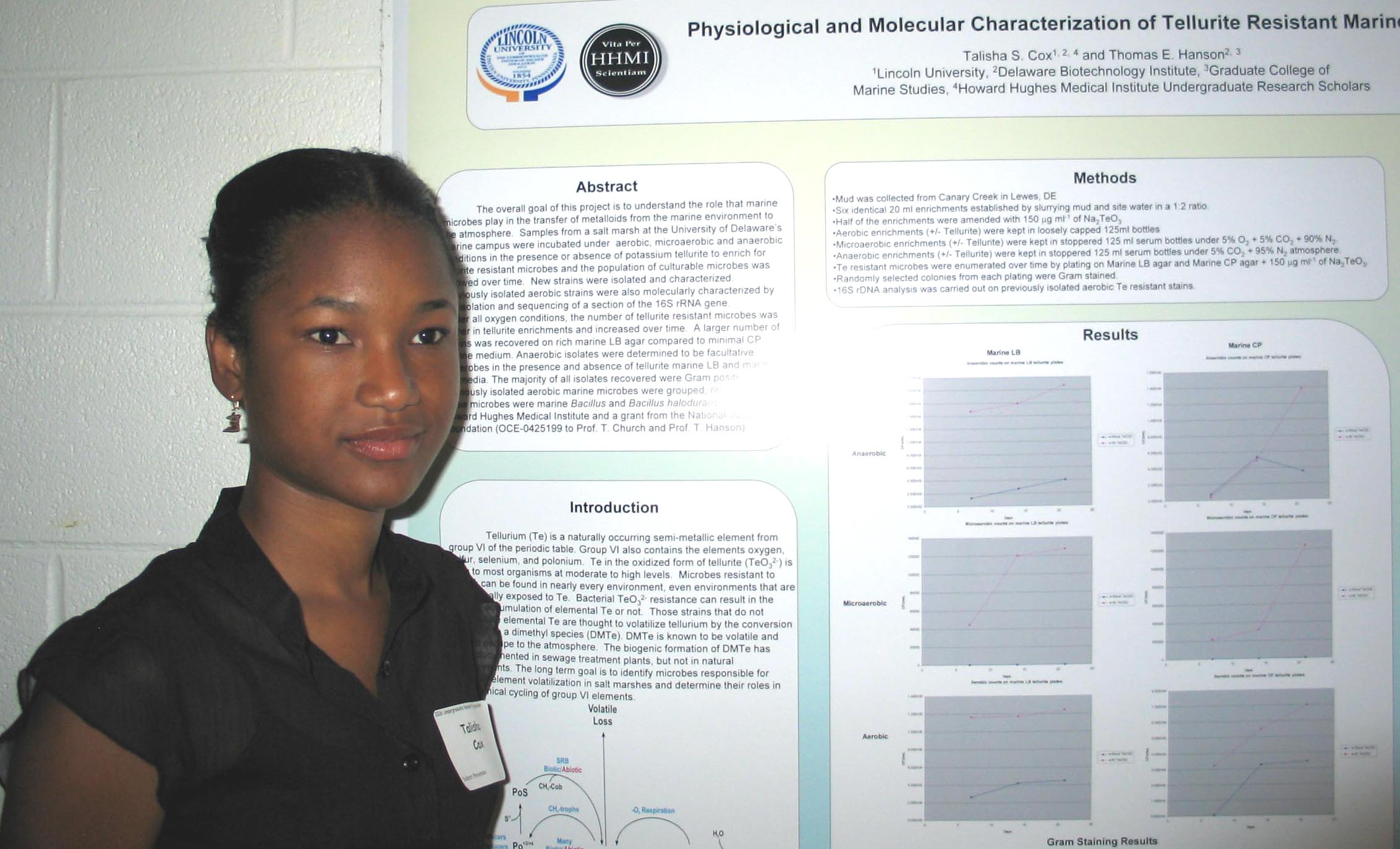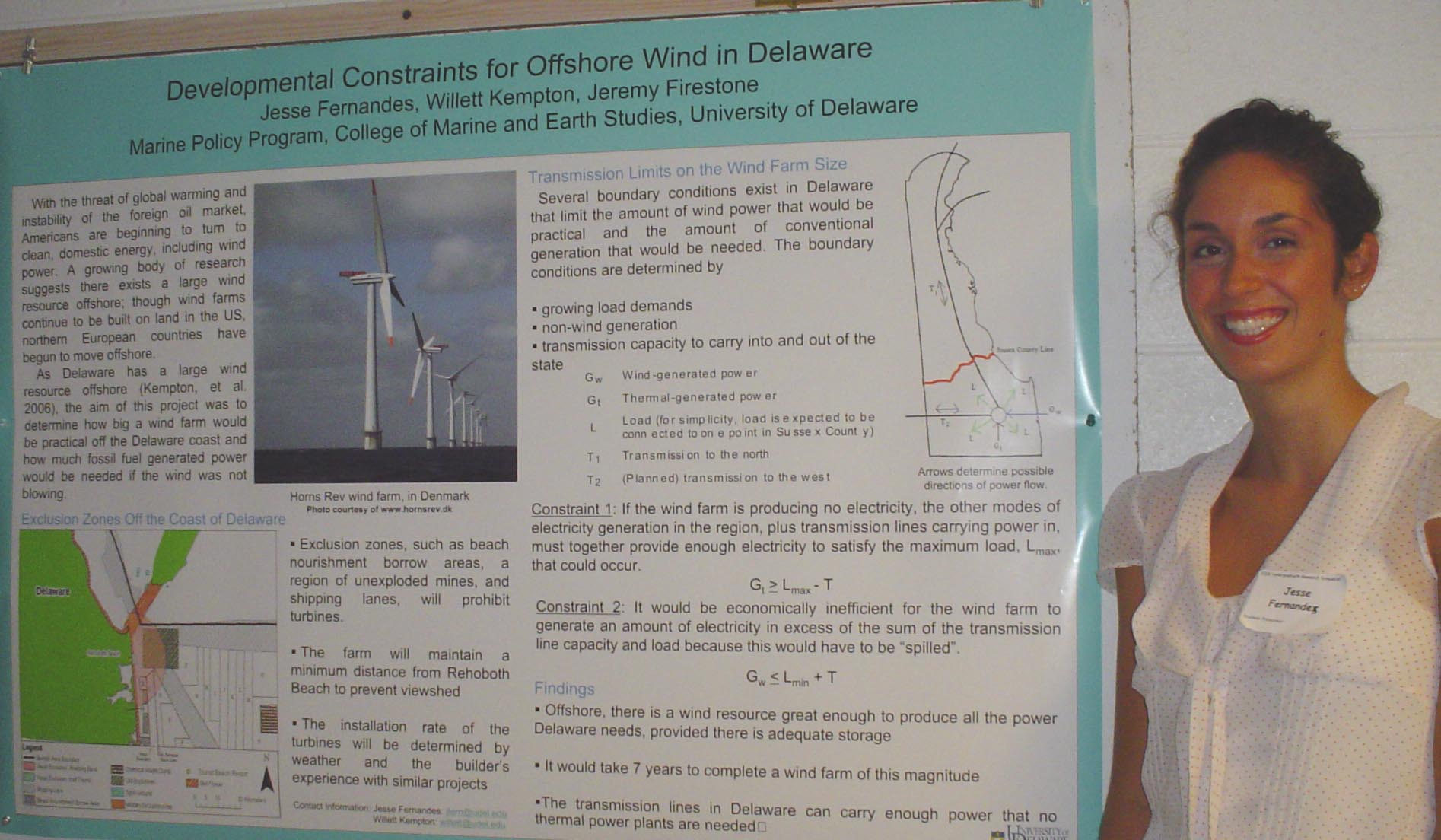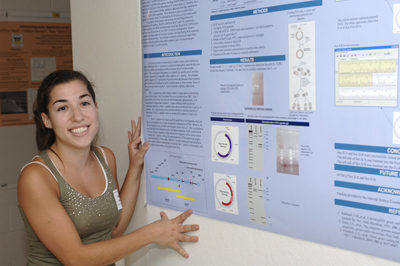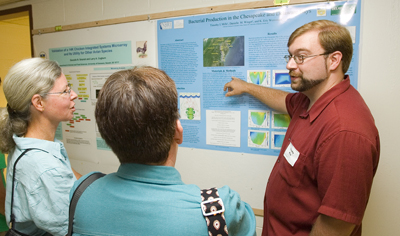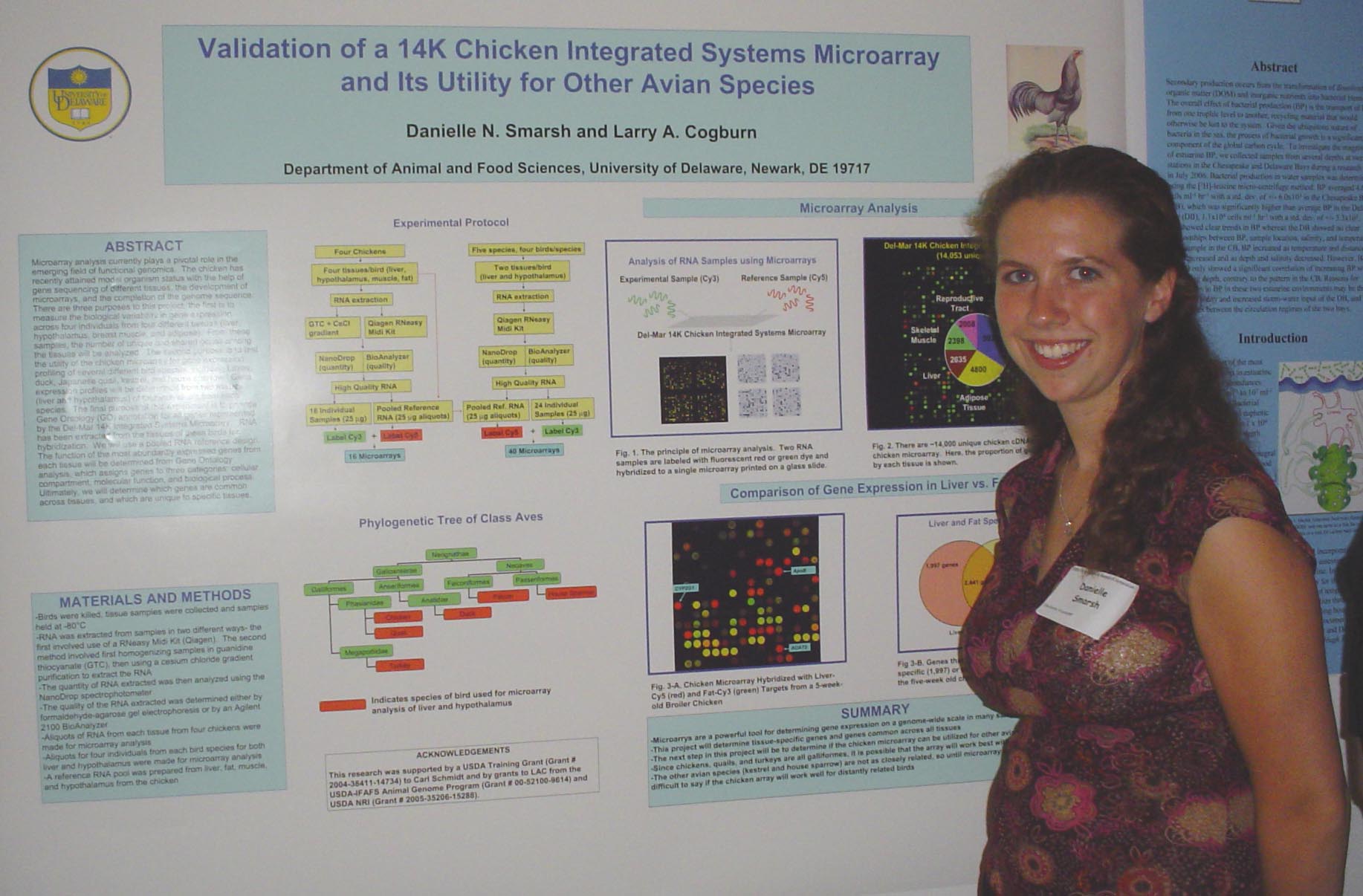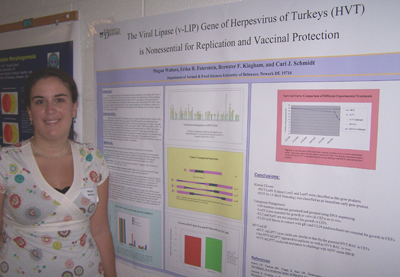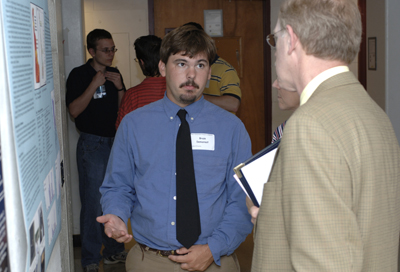
Land Use Effects on Water Quality in Delaware
Brian Demarest1, Susan
E. White-Hansen 2,
David
J. Hansen3,
and Bruce
Allison 4
1Wesley College, 2Geographic
Information Specialist, Research and Education Center, Georgetown,
Delaware,
3Delaware Assistant Professor,
Department of Plant and Soil Sciences, 4Environmental
Studies, Wesley College, Dover, Delaware
Water
is a critical resource in Delaware
for agriculture, rural water supplies, and the tourism industry. However, most of the state’s surface waters
are not meeting federal or state water quality criteria.
As the state’s population increases there are
increasing pressures on the water resource from numerous sources,
including
housing developments and wastewater treatment facilities.
In July, 2005 a project was initiated that
involves collecting water samples upstream and downstream of ten
locations; four
suburban sites and six wastewater treatment sites. Water
samples have been collected bi-monthly since
August, 2005. Field measurements include
stream flow rate, temperature, dissolved oxygen, pH, total dissolved
solids,
and conductivity. Laboratory
measurements include the major macro and micro nutrients. Results from
this
project will help to evaluate the impact of housing developments and
wastewater
treatment facilities on surface water quality in Delaware. To
date more than two hundred and fifty usable data points
have been
collected. Initial results indicate
tremendous
variability in water quality among both the suburban sites and the
wastewater
sites. This variability suggests that
factors upstream, such as pollutant sources or natural inputs, are an
important
consideration. In general, wastewater
sites have shown significantly larger changes in upstream versus
downstream impacts
than suburban sites for the following properties: pH, conductivity,
boron,
sulfur, and iron. This work will
continue in 2006/2007. Funding and
support provided the Mid-Atlantic Water Quality Program at the University of Delaware
and the Experimental Program to Stimulate Competitive Research
(EPSCoR) through the University
of Delaware
and Wesley
College.
|
